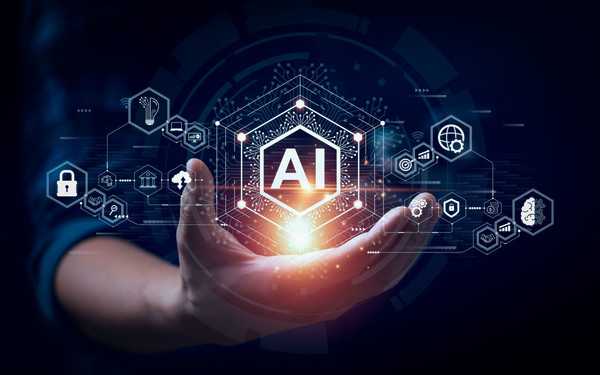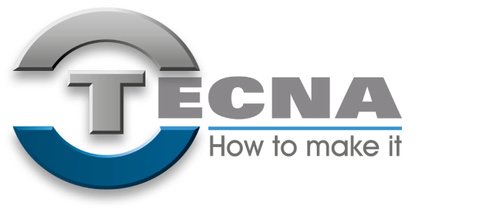Autumn news from the world of automation
Cobotics, autonomous robotics, sensors and software are just a few of the latest innovations
The factory automation market is undergoing continuous technological evolution driven by digitalisation, resulting in increasingly efficient processes based on the use of robotic solutions and constant production monitoring facilitated by onboard sensors, networks and data transfer and processing software. In this context, robotics plays a strategic role, extending the capabilities of existing production lines and revolutionising the production processes adopted in new facilities. With the increasing introduction of collaborative robotics (cobotics), human operators are aided in repetitive and strenuous tasks. This shift towards flexibility and reconfigurability is in many cases facilitated by autonomous guided vehicles integrated with robotic solutions ready to adapt to the continuous changes typical of mass customisation scenarios. The latest key development is the introduction of Artificial Intelligence (AI), which is increasingly prevalent in critical factory applications such as product quality control through integration into vision systems.

Flexibility and autonomy in managing small and large loads
Collaborative robotics has been taking on an increasingly important role in the latter half of 2023. These robots have diverse load capacities ranging from 18-20 kg for handling substantial loads in contexts such as warehouses and logistics chains down to extremely light payloads (from 1 to 3 kg) for innovative applications such as managing small loads in e-commerce and automating catering services. The increasing use of cobotics applications on Automatic Guided Vehicles (AGVs) and Autonomous Mobile Robots (AMRs) allows warehouses to be automated by strategically positioning cobots to provide optimal support to human operators, leading to complete automation and flexibility. This enables a factory to reconfigure itself in real time to meet changing production requirements.
Sensors that collect data, predict malfunctions and detect errors
In such a dynamic context, the sensor technology installed on cobots, autonomous vehicles and production line automation components in general plays a crucial role. Acquired data have an essential function in controlling efficiency, as well as in machine maintenance management and in the correct assessment of the operational workloads of human personnel who play a crucial qualitative role in this automated context, leaving low-value-added tasks to machines. One of the most intriguing smart sensor applications, which frequently incorporate AI concepts, is industrial vision. This technology is employed for quality control along the production line and for optimising warehouse management, encompassing tasks like smart picking and equipment and goods handling within the facility.
The importance of software for the digital factory
Data acquisition in a smart factory involves the integration of technologies that facilitate the entire data lifecycle, from collection to processing and reporting, with a growing emphasis on aspects such as Human-Machine Interface (HMI), usability and multi-platform design. This ensures that information is readily available and easily accessible to operators, regardless of their working context. One of the key components of Industry 4.0 is automation process management software, which is often developed with a non-proprietary approach to enable seamless integration with the systems already used on other manufacturers’ equipment. These systems are interconnected through industrial networks and software platforms that allow for the generation of dedicated reports, alarm management, process efficiency evaluation and preventive or predictive maintenance routines in fully digitalised factories.

